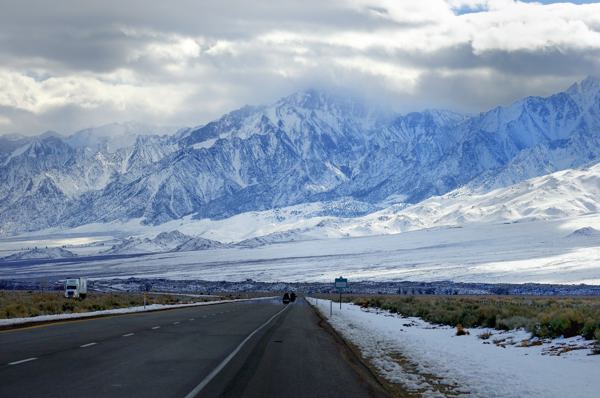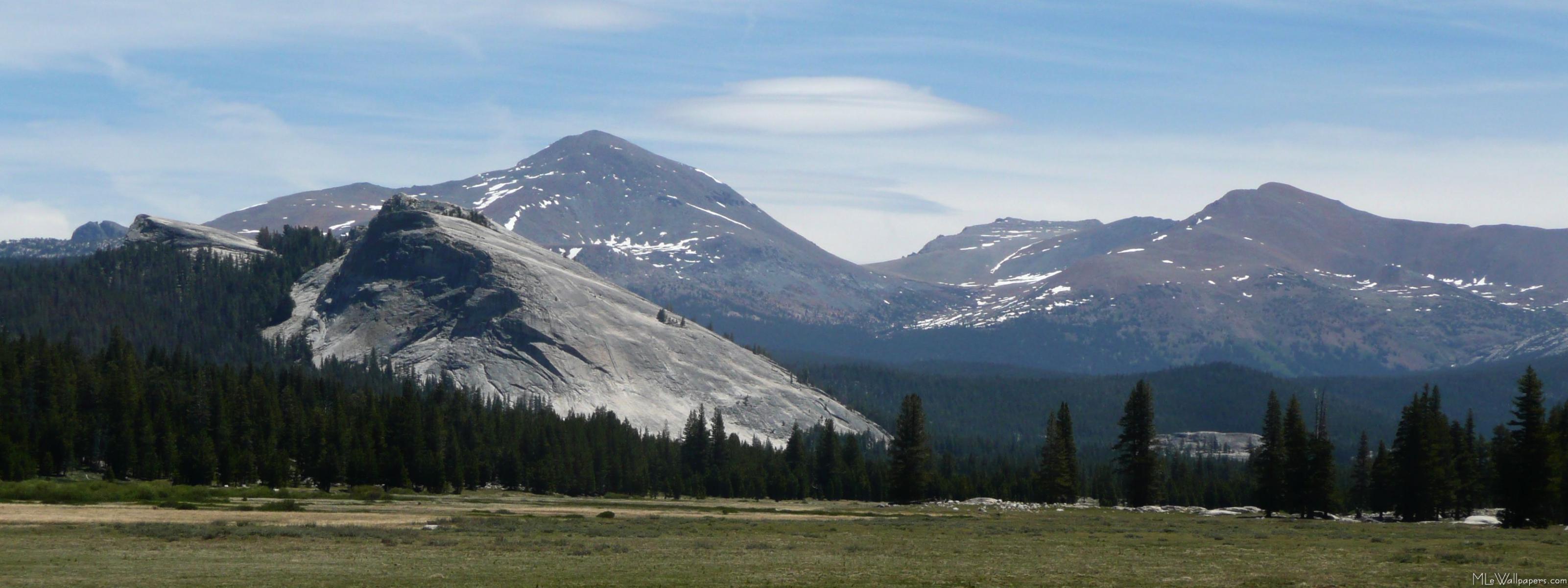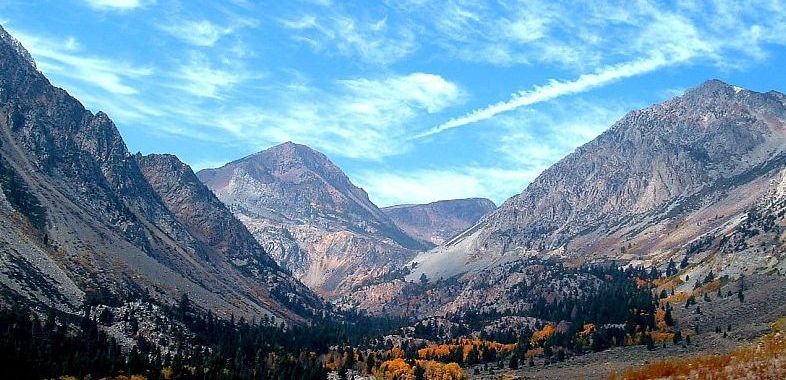
Iciness rains and summer groundwater pumping in Californias Central Valley make it to the Sierra Nevada and Coast Mountain Ranges sink and awaken by a only some millimeters apiece year, creating stress on the states faults that could multiplication the risk of an earthquake.
Gradual depletion of the Central Valley aquifer, because of groundwater pumping, moreover raises these mountain ranges by a akin amount apiece yearabout the thickness of a dimewith a cumulative awaken over the past 150 years of up to 15 centimeters (6 inches), according to calculations by a lineup of geophysicists.
The scientists report their results in this weeks issue of the journal Nature.
Despite the fact that the seasonal changes in the Central Valley aquifer have not yet been firmly associated with at all earthquakes, studies have revealed that akin levels of periodic stress, such as that caused by the motions of the moon and sun, multiplication the number of microquakes on the San Andreas Fault.
If these subtle seasonal load changes are skillful of influencing the occurrence of microquakes, its workable that they know how to sometimes moreover trigger a larger event, said Roland Brgmann, a geoscientist at the University of California, Berkeley and co-author of the Nature paper.
The stress is precise small, much less than you requirement to build up stress on a fault leading to an earthquake, excluding in round about circumstances such small stress changes know how to be the straw that breaks the camels back, Brgmann said. It could just give that extra push to develop a fault to fail.
The study, based on GPS measurements from California and Nevada between 2007 and 2010, was led by scientists Colin Amos at Western Washington University and Pascal Audet of the University of Ottawa.
The detailed GPS analyses were performed by William Hammond and Geoffrey Blewitt of the University of Nevada, Reno, as part of a National Art Foundation (NSF) bequest. Hammond and Blewitt, along with Amos and Audet, are moreover co-authors of this weeks paper. This photo shows the approximate place of maximum subsidence in the United States, identified by research labors of Dr. Joseph F. Poland (pictured). The spot is in the San Joaquin Valley southwest of Mendota, Calif. Signs on the pole show approximate elevation of land surface in 1925, 1955, and 1977. Scientists have now establish that the groundwater depletion has contributed to hurried encourage of the Sierra Nevada mountains and the California Coast Go as well as affected seismic activity on the San Andreas Fault. Credit: Photo Courtesy USGS. Supplementary studies have revealed that the San Andreas Fault is sensitive to small-scale changes in stress, said Amos.
These appear to dominate the timing of small earthquakes on portions of the fault, leading to extra small earthquakes during drier periods of the year. Previously, such changes were philosophy to be driven by rain and supplementary hydrologic causes.
This work ties overuse of groundwater by humans in the San Joaquin Valley to increases in the height of nearby mountain ranges and workable increases in the number of earthquakes on the San Andreas Fault, said Maggie Benoit, program director in NSFs Break of Earth Sciences, which funded the research.
When humans deplete groundwater, said Benoit, the amount of mass or material in Earths crust is summary. That disrupts Earths force balances, causing encourage of nearby mountains and falling a force that helps keep the San Andreas fault from slipping.
Draining of the Central Valley
Water has been pumped from Californias Central Valley for extra than 150 years, shifting what worn to be a marsh and extensive lake, Tulare Lake, keen on luxuriant agricultural fields.
In that occasion, not far off from 160 cubic kilometers (40 cubic miles) of water was removedthe capacity of Lake Tahoedropping the water bench in round about areas extra than 120 meters (400 feet) and the ground surface 5 meters (16 feet) or extra.
The import of water removed permitted the underlying crust or lithosphere to awaken by so-called isostatic ricochet, which may perhaps have raised the Sierra as much as half a foot while not far off from 1860.
The same ricochet happens as a outcome of the states seasonal rains. Water in Southern Californias Great Valley flows along the California Canal. Credit: Bill Hammond Heavy iciness storms drop water and snow across the turmoil, which eventually flow keen on Central Valley streams, reservoirs and underground aquifers, pushing down the crust and lowering the Sierra 1-3 millimeters.
In the summer, water flow keen on the Pacific Ocean, evaporation and ground water pumping for irrigation, which has accelerated because of drought, allows the crust and surrounding mountains to awaken again.
Brgmann said that the flexing of Earths crust downward in iciness would clamp the San Andreas fault tighter, lowering the risk of quakes, despite the fact that in summer the upward flexure would relieve this clamping and perhaps multiplication the risk.
The hazard is ever so slightly higher in the summer than in the wintertime, he said. This suggests that climate and tectonics act together, and that water changes in the end affect the deeper Earth. The NSF EarthScope Plate Boundary Observatory GPS network is providing millimeter-precision data. Credit: NSF EarthScope Program High-resolution mapping with continuous GPS
Millimeter-precision measurements of elevation have been workable only in the last only some years. Improved continuous GPS networkspart of the NSF EarthScope Plate Boundary Observatory, which operates 1,100 stations around the western United Statesand satellite-based interferometric insincere aperture radar have provided the data.
The measurements revealed a steady yearly awaken of the Sierra of 1-2 millimeters per year, which was initially ascribed to tectonic activity deep underground, equal though the rate was unusually high.
The new study provides an alternative and extra reasonable explanation for the awaken of the Sierra in historic times.
The Coast Go is doing the same thing as the Sierra Nevada, which is part of the evidence that this cant be explained by tectonics, Brgmann said.
Both ranges have uplifted over the last only some years and both exhibit the same seasonal up and down movement in phase. This tells us that incredible has to be driving the system at a seasonal and long-term sense, and that has to be groundwater recharging and depletion.
In response to the current drought, not far off from 30 cubic kilometers (7.5 cubic miles) of water has been removed from Central Valley aquifers between 2003 and 2010, causing a awaken of not far off from 10 millimeters (25 inch) in the Sierra over that occasion.








0 comments:
Post a Comment